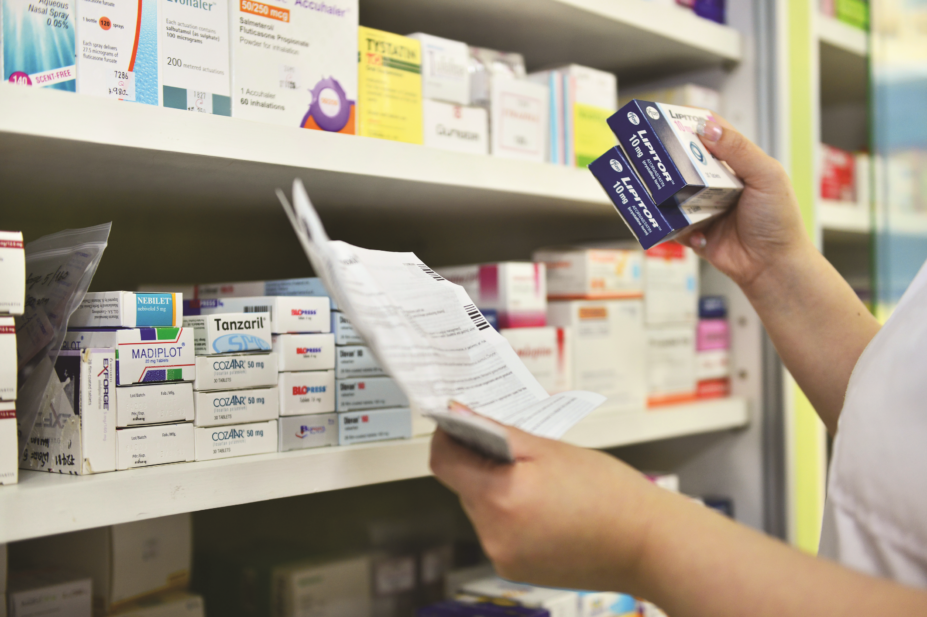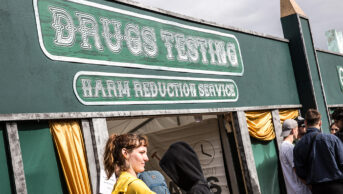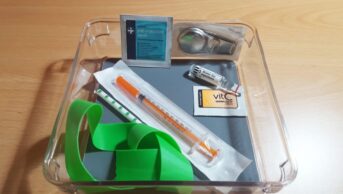
Shutterstock.com
Private prescriptions for controlled drugs could be forged because community pharmacies do not have access to a register of the personal identification numbers of legitimate prescribers, a Care Quality Commission (CQC) report has warned.
The warning came in the CQC’s annual ‘Safer management of controlled drugs’ report, published in July 2018. The report also calls for the creation of an up-to-date national register of controlled drugs personal identification numbers to tackle the problem.
The report says the lack of access to a national register means community pharmacists “cannot verify legitimacy of private prescriptions and requisitions for Schedules 2 and 3 controlled drugs”.
All private prescribers are allocated a six-digit identification number by the relevant NHS agency and private prescriptions for Schedule 2 and 3 controlled drugs should not be dispensed in community pharmacies without this number.
A spokesperson for the CQC said the risk of forgery was identified and discussed at several Controlled Drugs Local Intelligence Network (CDLIN) meetings held during 2017.
NHS England runs 39 CDLINs across England, which can include members from local pharmaceutical committees, clinical commissioning groups, hospital trusts, the police, and others. They meet between two and four times a year to discuss thefts of controlled drugs, wrongly dispensed prescriptions and other governance issues.
The CQC spokesperson said “these are not the concerns of the CQC specifically” but that it was reporting issues that CDLINs were worried about.
A spokesperson for the National Pharmacy Association, the trade association for independent community pharmacy professionals in the UK, said community pharmacists would always check the professional registration of a private prescriber to ensure they have prescribing rights.
“There are other signs to look out for to spot a fraudulent prescription, such as alterations, signature or writing irregularities and unusual prescribing,” they added.
The CQC report also found that the numbers of prescriptions for controlled drugs written by pharmacist prescribers almost doubled in 2017 from 259,394 items to 487,036 items. The level of controlled drug prescribing by pharmacist prescribers also rose by almost 100% in 2016.
In comparison, nurse prescribing of controlled drugs rose by 6% in 2017 from 1,120,681 items to 1,184,802 items.
Roger Knaggs, associate professor in clinical pharmacy practice at the University of Nottingham and an advanced pharmacy practitioner in pain management, said the increase in controlled drug prescribing by pharmacists was most likely a result of the increasing number of pharmacists being trained to prescribe.
He added that the rise in pharmacists based in GP surgeries would have contributed to the increase.
The CQC report found that the prescribing pattern of Schedule 2 drugs was very similar in 2017 and 2016, although there was a 19% increase in the prescribing of tapentadol. Prescribing of morphine and oxycodone increased, but prescribing of fentanyl decreased by 4% in 2017, the report said.


